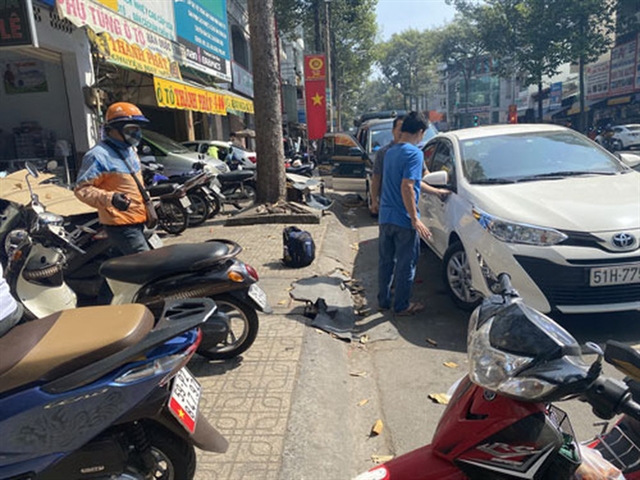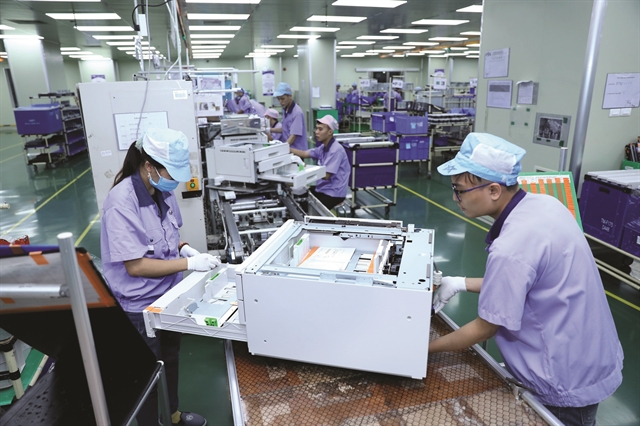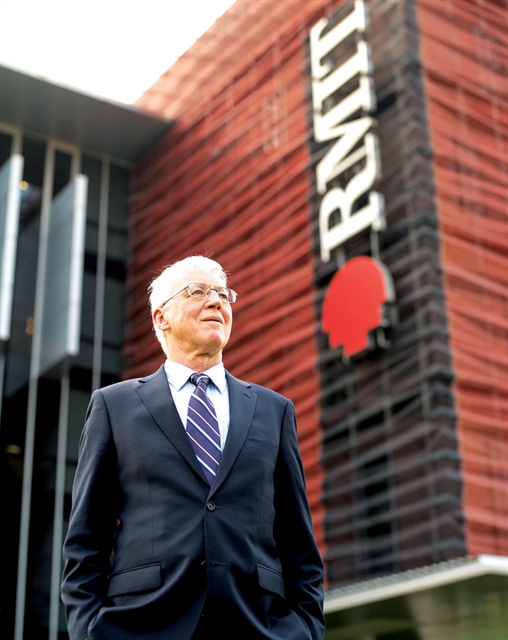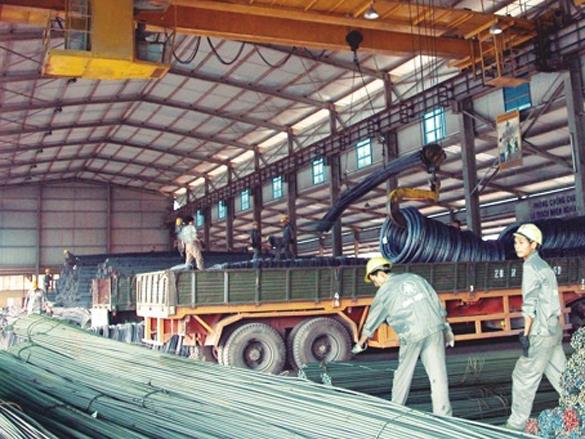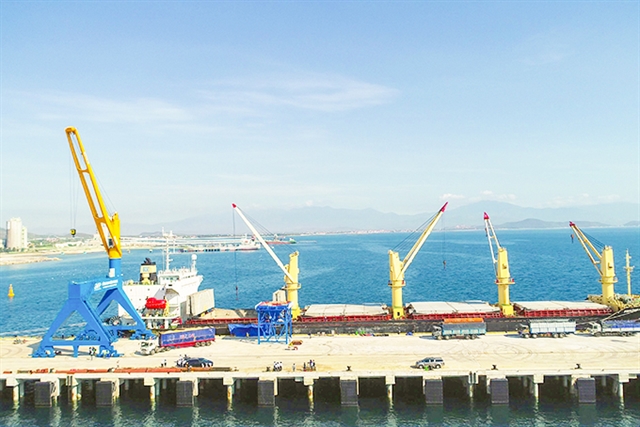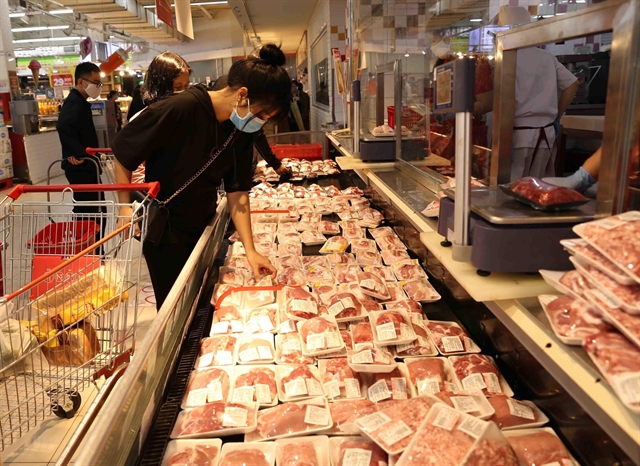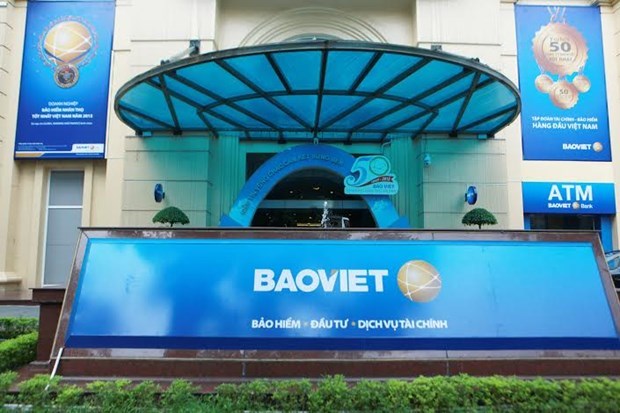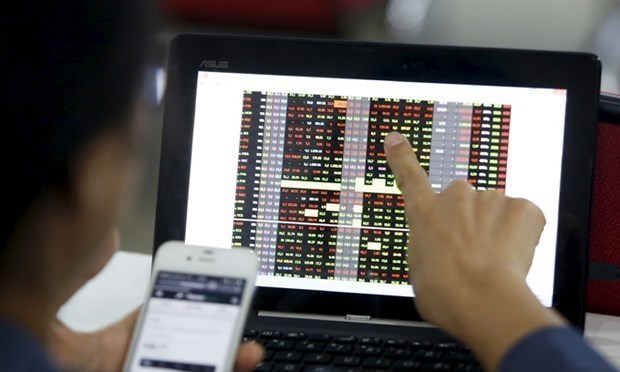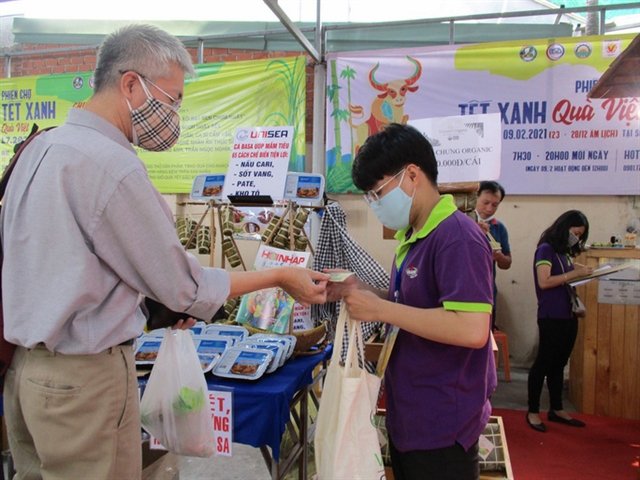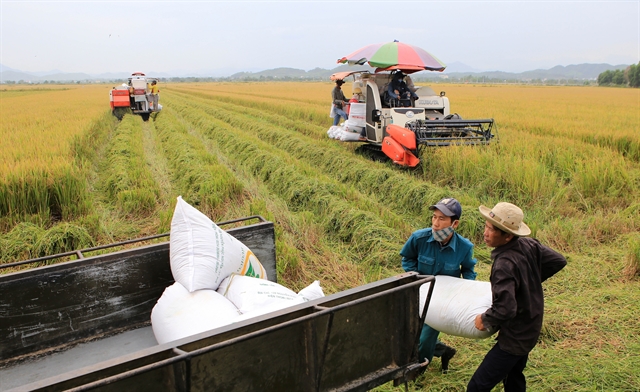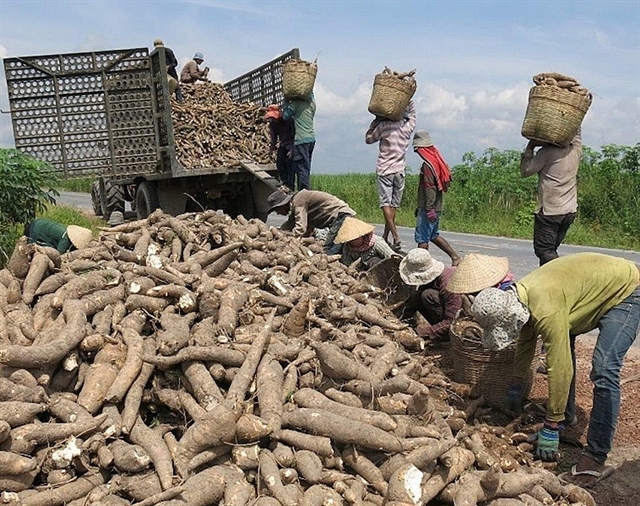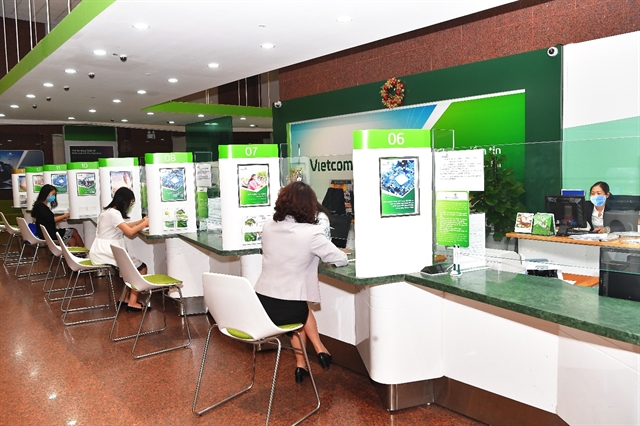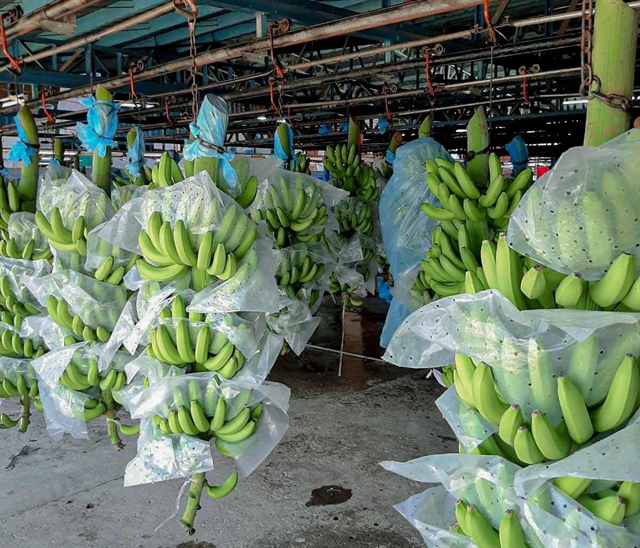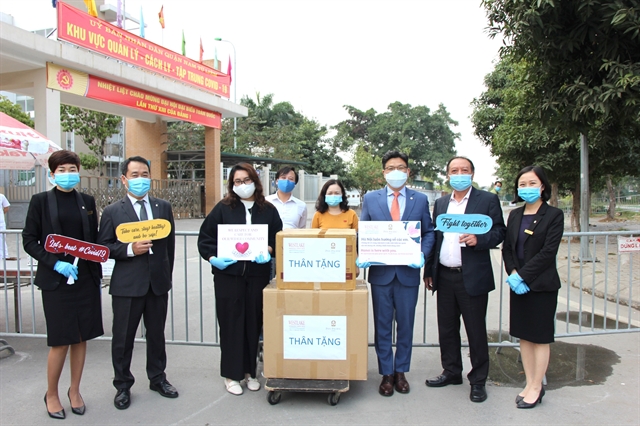.JPG)
Inner Sanctum: 2020 was unprecedented, putting all possible work plans to the test. How did Vinatex chart its course out?
We overcame the most challenging year in our group’s history, with market and social changes we had not gone through before. The experience we possessed and solutions used previously were of no use in addressing the problems we were facing.
Our board and employees, as a team, were creative, responsive, determined, and united in implementing measures across the board so we could all overcome the year of COVID-19 and actually post two major accomplishments: keeping our 155,000-staff intact, maintaining our financial security and our position in the global supply network.
Inner Sanctum: What lessons were learned?
We have narrowed it down to three decisive factors. First of all, we made timely decisions and took risks after serious consideration was made. We moved quickly to seize opportunities and produce non-traditional products.
Secondly, we conducted internal communications well, so that our employees supported the board’s decisions. We strictly followed health and safety rules at all times, so that factories in our network did not have to be shut down or employees quarantined.
At a higher level, our international relations team also sent messages via international institutions, urging our customers to respect contract terms and be responsible for materials and orders made. The agreement from customers eased cash flow pressure at our enterprises.
Thirdly, we kept our short-term forecasts and identified possible scenarios, rather than being pushed into other solutions. We were creative and determined to re-organise our production lines and roll out new products those lines were not designed to make. New product orders helped us keep our employees and maintain salaries. The new orders were shared by member companies, with technical assistance available to all, making good use of our own supply chains during the enforced break in supply.
To put it succinctly, self-reliance, creativity, and solidarity were the keys to our success in a turbulent 2020.
Inner Sanctum: What do you project for garment exports this year?
We are following forecasts, including our own and those of McKenzie, that state 2021-2023 will be a period of post-pandemic recovery, with supply chains and production methods restructured. We expect the market to recover to 2019 levels by the end of 2023, but with all market and competitive aspects being completely different.
Major changes could include the traditional competitiveness that major companies like ourselves used to enjoy being levelled out. After a long break because of the pandemic, all competitors begin at the same stage.
Traditional clients could be replaced, go bankrupt, or narrow their scale, and there will be new names joining the market. If we only depend on traditional clients, we will not be able to maintain our market share. When our competitiveness is no different from other enterprises, our priority must be targeting and developing new customers as a key to success.
The product consumption structure will also be altered, thus affecting our existing production capacity. Supply will exceed demand and there will be new investment needed or current production lines changed to adapt to new market demand.
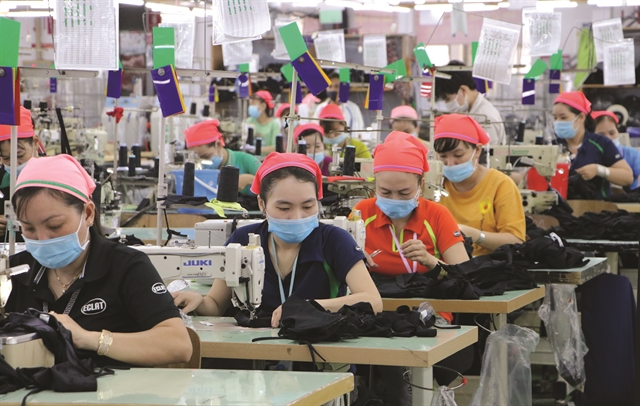
Direct co-operation will see intermediaries removed, which will result in an increase in staff capacity and infrastructure management as well as IT skills. Digital transformation and IT implementation are musts at all enterprises.
Online trading should also come to dominate, with technical support for online customers and apps.
Enterprises need to find new non-traditional orders to ensure their employees are kept busy. Production lines must be adjusted to meet these new work orders.
More demands in terms of workplace environment and conditions will place more pressure on enterprise spending at the beginning of implementation.
At the national level, other countries will also take advantage of supply chain restructuring to secure new market share.
The price of goods will fall sharply.
We can see that the 2021-2023 period will be decisive for industry recovery, with us either renewing our competitiveness by reaching out to new enterprises or lagging behind and being eliminated from the race. 2021 is the starting point and vital in deciding an enterprise’s direction and speed of recovery.
In the closing days of 2020, we also had to face another tough situation, with the United States Trade Representative (USTR) saying it will investigate Việt Nam’s acts, policies, and practices related to currency valuations, under Section 301 of the US Trade Law.
Recovery trends have not been overly positive in 2021 so far, with the textile and garment industry facing a host of new challenges in our largest market, the US.
The only improvement compared to 2020 is that we can see the bigger picture in 2021, unlike last year when COVID-19 suddenly struck.
Inner Sanctum: What solutions are there under the new circumstances?
Our board has agreed upon a five-point plan. First, we need to raise our production capacity following the OEM model. Second, we will implement digital transformation in all our activities, above all the production management process, in production, storage and logistics. Third, new environmental and labour requirements must be met. Then we need to train or retrain our staff to meet the new circumstances, and last but not least ensure our financial safety for long-term development.
All of these solutions can be successfully implemented if the group as a team can strengthen its self-reliance, creativity and solidarity, as we did in 2020. VNS
